Critical Thinking...
A physician evaluates a patient's symptoms and prescribes the appropriate medication
A project manager in construction chooses the materials that are best suited for his job
A lawyer reviews evidence and comes up with a strategy to win the case in court
The physician, project manager, and lawyer all used critical thinking to come up with solutions for these scenarios.
But what is it?
Critical thinking is the ability to analyze facts and data in order to form a conclusion about an issue or question.
There are 5 stages of critical thinking:
Identify the question or issue
Gather relevant information
Explore alternatives
Consider the implications
Select the most reasonable conclusion
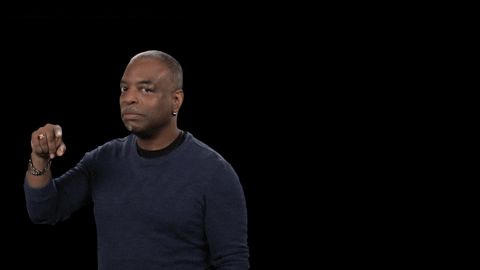
Hanna And Her New Dentist
This is Hanna:
Hanna just moved and is in the market for a new dentist
Dentist A is right down the street, so that is her top choice
Dentist B is a few miles away, but also a good choice
She knows the importance of a good dentist, and wants to choose someone who is right for her
She will use her critical thinking skills to make a decision
1. Identify The Question Or Issue
To begin the critical thinking process ask yourself "What am I being asked to believe or accept?"
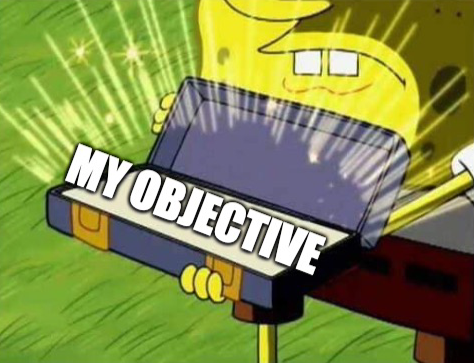
At this stage:
Specify your objective or goal
Develop a question based on an issue you are having
Be precise: it is easer to find solutions to a narrower issue
Example
Hanna's objective is to choose the dentist that best fits her needs.
2. Gather Relevant Information
Second, ask yourself "What evidence supports this position?"
At this stage you can:
Research the position online
Read a book about the topic
Ask an expert in the field
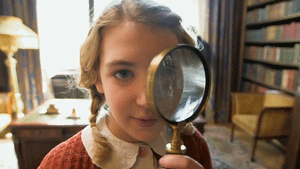
Example
To research Dentist A and B, Hanna:
Searched patient reviews on the dentists' website
Asked her friends about the dentists, since they've been patients there
Researched both dentists' credentials
Researched the services offered
3. Explore Alternatives
Third, ask yourself "Can this evidence be interpreted differently?"

At this stage, ask yourself:
Is this interpretation logical?
What assumptions did I make?
Was there any bias present?
Did I consider other points of view?
Example
Hanna found there may be bias on the dentists' websites, so she:
Searched patient reviews on a third party website
4. Consider The Implications
Fourth, ask yourself "What type of implications does each side have?"
At this stage you can:
Evaluate the positive and negative outcomes of each choice
Determine short term and long term effects
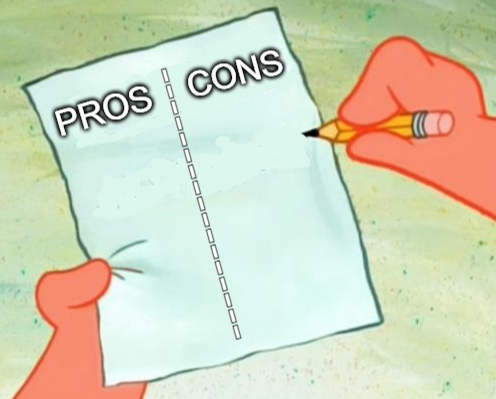
Example
Hanna made pros and cons lists for Dentist A and Dentist B:
Dentist A Pros
Closer to home
Long hours of operation
Good reviews
Dentist B Pros
Kind staff
Experienced dentist
Good reviews
Dentist A Cons
Fresh out of school
No TVs in the waiting room
Only one dentist in the office
Dentist B Cons
Further from home
Short hours of operation
Office not very clean
5. Select The Most Reasonable Conclusion
Ask yourself, "What is the most reasonable conclusion?"
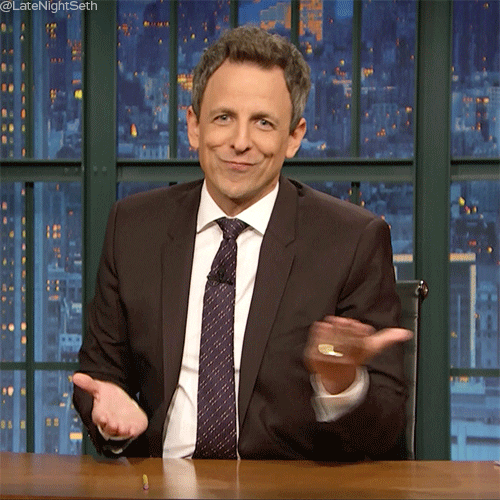
At this stage:
Identify various conclusions that are possible
Select the choice (if any) that you think has the most supportive data
Implement a plan of action and make adjustments when necessary
Example
Based on her research and lists, Hanna chose Dentist A.
She trusts Dentist A is well-trained based on reviews
The office location and hours are more convenient for her than Dentist B's
Choose Who You Think Is The Best Critical Thinker
Nick, Sophia, and Daniel all saw the same commercial advertising a new tea for weight loss.
Javier
The commercial claimed the product was natural, and he only likes to use natural products
The actor in the commercial is his role model, so he thinks the product must work
He looked up reviews online, and they were all good reviews
Javier bought the product
Maya
She researched the product and its ingredients online
She asked her doctor if the product can help with weight loss
She looked up side effects of the product and potential benefits
She decided that in her case, the potential side effects outweigh the benefits, and did not buy the product
Milo
His roommate tried the product and had an allergic reaction, so he thinks it must be bad for him
He researched the product, but only the side effects
His significant other told him not to waste his money
Milo did not buy the product
Quiz
Who is the best critical thinker?
Take Action
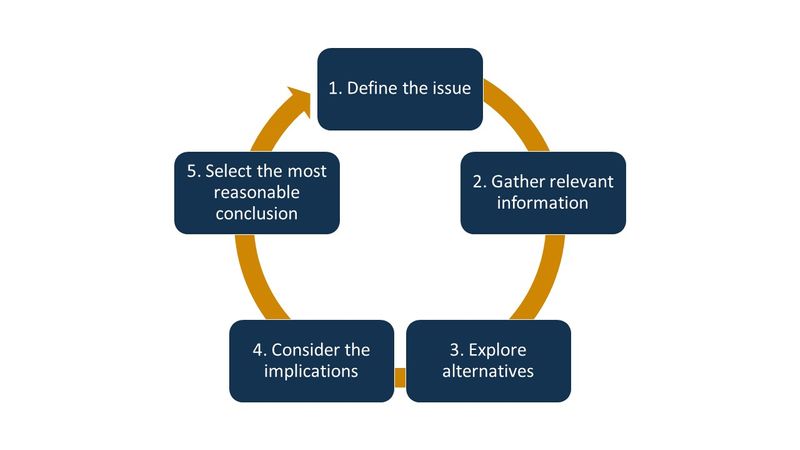
Now that you've become familiar with the 5 stages of critical thinking:
Your feedback matters to us.
This Byte helped me better understand the topic.
